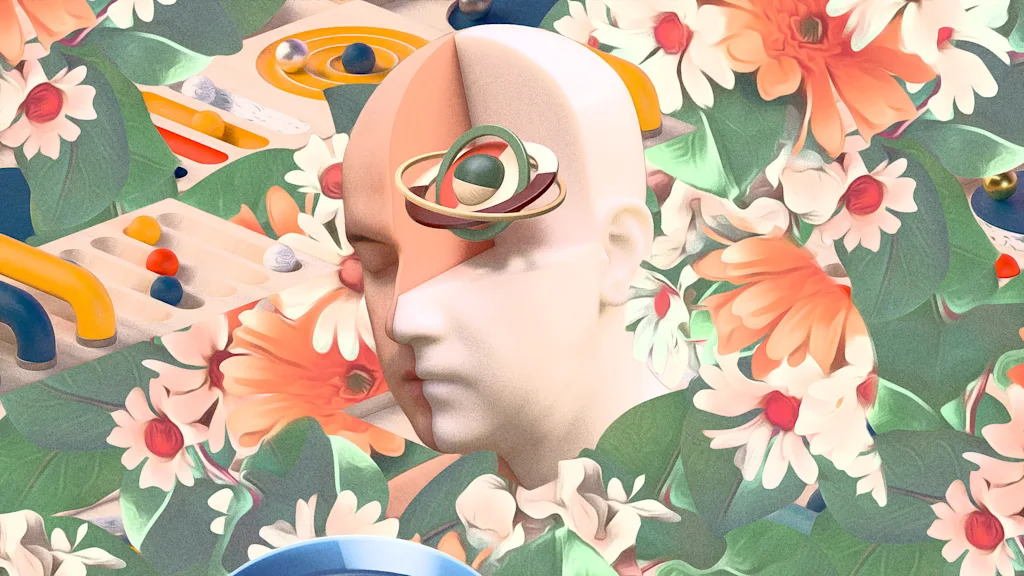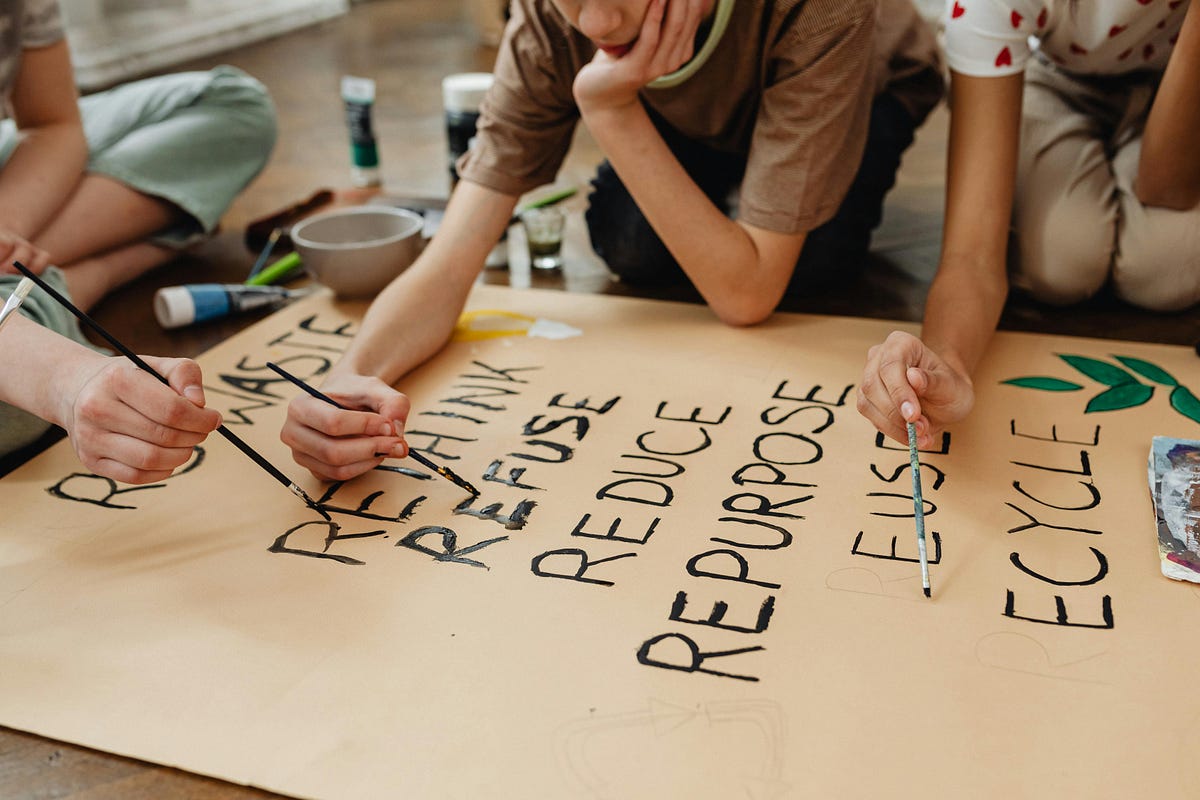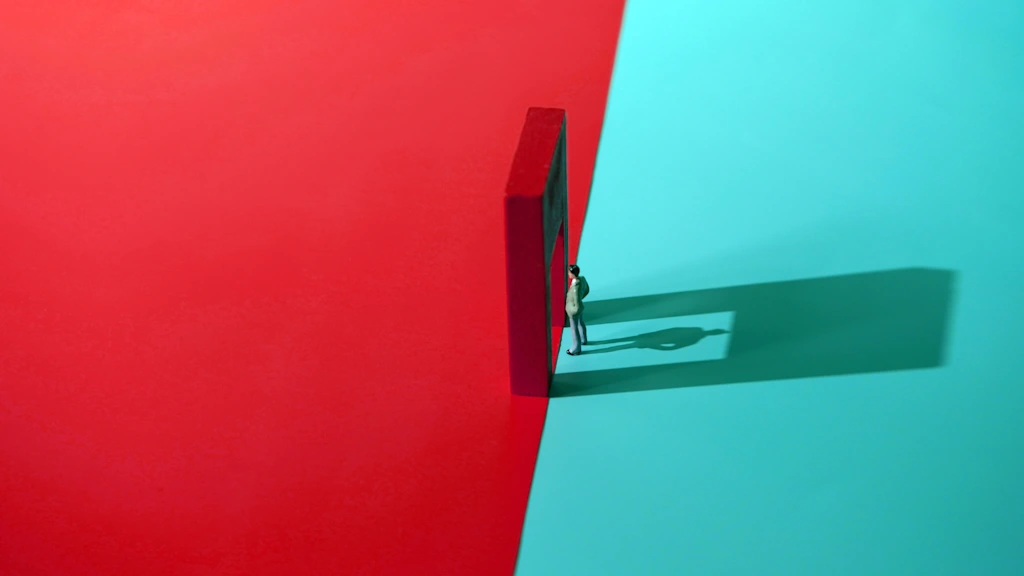#design-leadership
#design-leadership
[ follow ]
#productivity #career-impact #innovation #career-development #blame-culture #human-connection #ai-impact #ai-tools
fromMedium
3 months agoYou Suck as a Design Leader
This article won't start out well, because I'm sort of at rock bottom in my career and it seems that I'm projecting my frustrations of the industry out in the open. But I promise you, my rants are merely neutral observations and opinions. I love talking to people, and over the last 2 months of unemployment (I am now employed), I called upon designer friends all in Asia and Europe
Design
Design
fromYanko Design - Modern Industrial Design News
4 weeks agoAfter 40 Years, BRP's Chief Design Officer Says Empathy Beats Perfection Every Time - Yanko Design
BRP balances relentless design excellence with strategic compromise, prioritizing innovative architectures, high functionality, and emotional "wow" to deliver award-winning powersports products.
fromMedium
3 months agoBusiness insights that prove the value of design
Design is powerful as a catalyst for change. Design is powerful for developing innovative solutions. Design is powerful for driving exponential growth for businesses.Design is powerful in solving some of the world's most difficult problems. If design is so revolutionary, why do so few companies embrace design? I wrote about the failure of Fortune 500 companies to embrace design beyond their art departments, where most Fortune 500 companies still fail to even adopt a single design methodology in a meaningful
Design
fromMedium
3 months agoHow do you deal with an executive demanding features? Create a hypothesis
Many designers are hearing statements like these from their bosses, and it's not a suggestion. It can be challenging to know how to respond to leaders who present you with unreasonable demands based on following trends (or untested concepts). You're faced with what feels like an impossible choice: either follow orders and build something you know will fail, or risk your job by saying "No."
UX design
fromMedium
5 months agoThe masked side of design leadership
Many in the design industry have been inspired by design leaders who created environments that enabled their teams to succeed, grow, and make a positive impact. However, many of our peers, clients, and colleagues have been frustrated, burned out, and held back by leadership, which can have more negative effects.
UX design
fromMedium
6 months agoBecome A UX/UI Designer at Google!
In a world where design is in constant flux, how do you stay relevant? Meet Sahil Pandita, a prominent design leader at Google, whose journey exemplifies adapting, innovating, and prioritizing human connection in a rapidly changing landscape.
Graphic design
[ Load more ]












